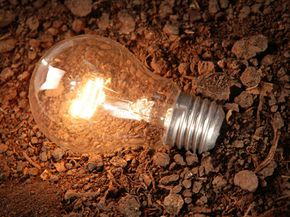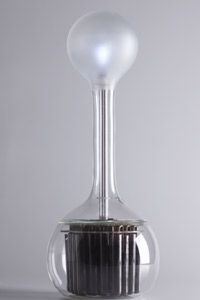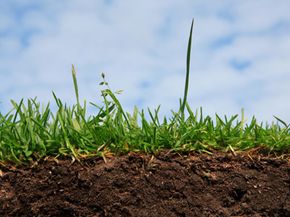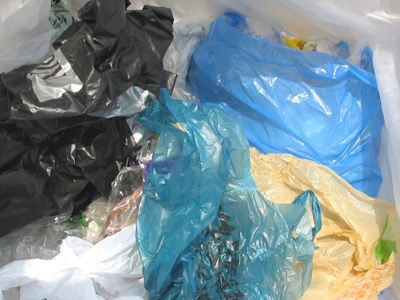Key Takeaways
- The soil lamp is an innovative sustainable lighting solution that generates electricity from organic matter in soil.
- Microbes in the soil break down organic material, releasing electrons that are captured to produce a small electric current, powering an LED light.
- This technology has potential applications in off-grid lighting for rural areas and could contribute to reducing reliance on traditional energy sources.
As far as traditional electrical lighting goes, there's not a whole lot of variety in power supply: It comes from the grid. When you flip a switch to turn on your bedroom light, electrons start moving from the wall outlet into the conductive metal components of the lamp. Electrons flow through those components to complete a circuit, causing a bulb to light up (for complete details, see How Light Bulbs Work.
Alternative power sources are on the rise, though, and lighting is no exception. You'll find wind-powered lamps, like the streetlamp from Dutch design company Demakersvan, which has a sailcloth turbine that generates electricity in windy conditions. The Woods Solar Powered EZ-Tent uses roof-mounted solar panels to power strings of LEDs inside the tent when the sun goes down. Philips combines the two power sources in its prototype Light Blossom streetlamp, which gets electricity from solar panels when it's sunny and from a top-mounted wind turbine when it's not. And let's not forget the oldest power source of all: human labor. Devices like the Dynamo kinetic flashlight generate light when the user pumps a lever.
Advertisement
Most of us are familiar with wind, solar and kinetic power and what they can do. But a device on display at last year's Milan Design Week has drawn attention to an energy source we don't often hear about: dirt.
In this article, we'll find out how a soil lamp works and explore its applications. It's actually a pretty well-known way to generate electricity, having been first demonstrated in 1841. Today, there are at least two ways to create electricity using soil: In one, the soil basically acts as a medium for electron flow; in the other, the soil is actually creating the electrons.
Let's start with the Soil Lamp displayed in Milan. The device uses dirt as part of the process you'd find at work in a regular old battery.
Advertisement




